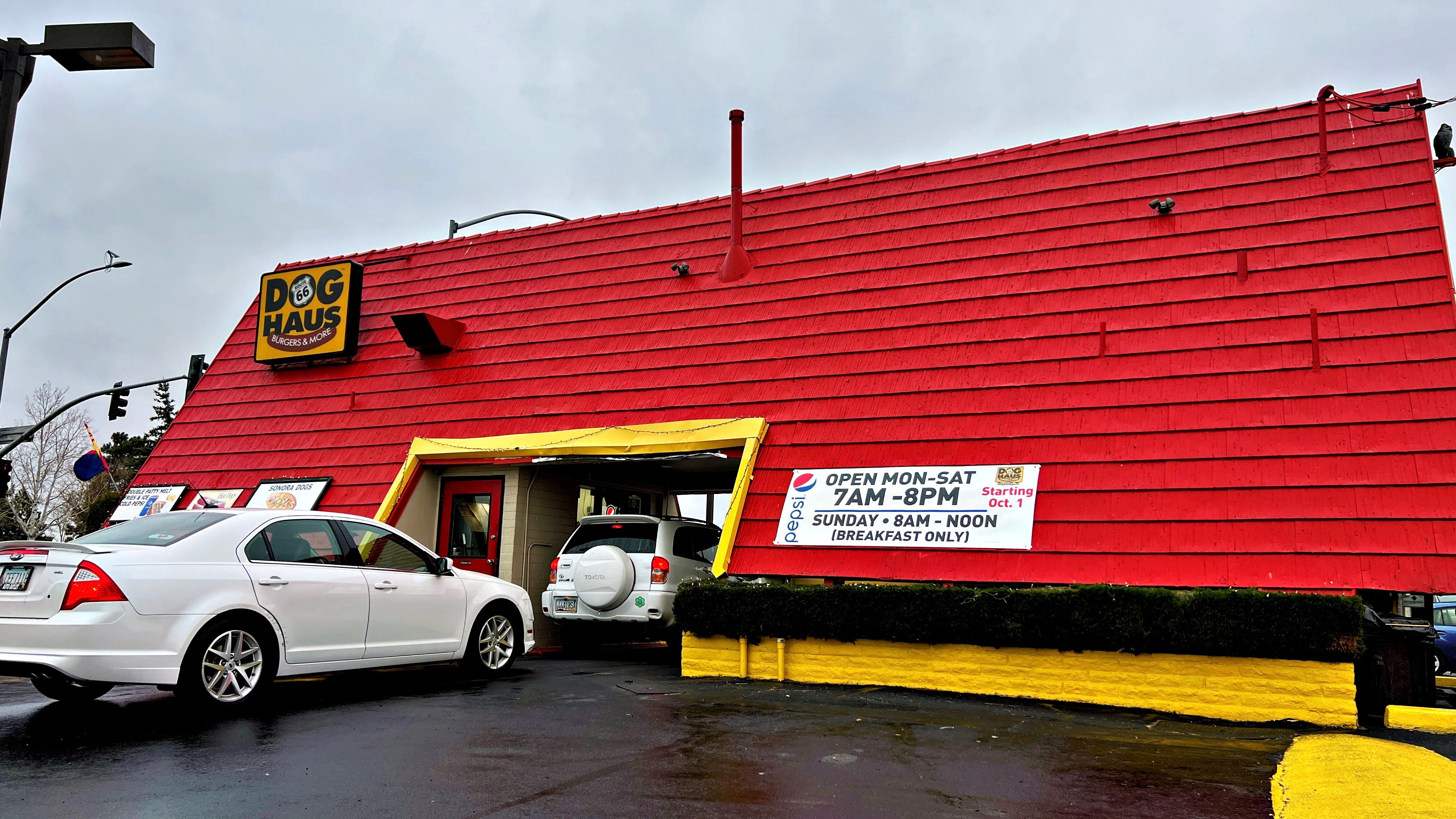Do you wish to keep your window from opening all the way? You’re in the right place! This simple guide is full of easy ways you can keep windows from opening too much. This can help if you have little kids or pets at home. Or, maybe you just want more safety or less outside noise.
Why You Might Want to Limit Window Opening
- Child safety: You want to make sure kids cannot fall out.
- Pet safety: It’s to stop pets from jumping or falling outside.
- Security: It can stop people from coming in through the window.
- Noise reduction: Less window opening can mean less noise inside.
- Energy saving: Small openings can keep heat or cool air in your home.
How to Install Window Stops
Window stops are small parts that stop a window from opening wide. They are easy to install. Let’s look at how to put them in place.
- Choose the right window stop: You can buy these at a hardware store or online. Make sure they fit your window type.
- Clean the area: Clean the frame of the window where the stop will go. This helps it stick better.
- Measure: Decide how wide you want the window to open. Use a ruler to measure this space.
- Stick or screw in place: Some stops stick on with strong tape. Others need to be screwed in. Follow the instructions that come with them.
- Test it: Open your window to make sure the stop works right.
Using Window Guards
Window guards are like gates for your windows. They are great for keeping kids safe. You screw them inside the window frame or mount them on the sides.

Credit: jeffersongraham.substack.com
Creating a Window Limiter with a Chain
You can use a chain as a window limiter too. Just attach it to the window and the frame. Make sure the chain is strong and installed well, so it holds.
Using Wedge Stops for Sliding Windows
If you have sliding windows, wedge stops are very helpful. You place them on the track of the window. They stop the window from sliding past them. It’s very simple!
Other Simple Ways to Stop a Window Opening Fully
- Pin locks: These are little pins you put through the frame to stop it moving.
- Through-the-frame pins: Similar to pin locks, but these go right through the frame.
- Window latches: Certain latches let you lock the window at different openings.
- DIY stops: You can also make your own stops with wood or plastic.
Table: Window Limiting Options
| Option | How It Works | Best For |
|---|---|---|
| Window Stops | Blocks the window from opening beyond a set point. | Any type of windows. |
| Window Guards | Acts like a barrier or gate. | Windows in children’s rooms. |
| Chain Limiter | Limits how far a window can open. | Casement and awning windows. |
| Wedge Stops | Blocks sliding windows on the track. | Horizontal sliding windows. |

Credit: www.facebook.com
Frequently Asked Questions Of How To Stop A Window From Opening All The Way
Can I Partially Lock My Window?
Certainly! There are window locks designed to allow a window to be opened partially while still securing it against being opened further.
What Is A Window Restrictor?
A window restrictor is a device that prevents a window from opening fully, ideal for child safety and ventilation control.
How Does A Sash Jammer Work?
A sash jammer is a clamp mounted on uPVC windows or doors for added security; it obstructs the sash from being opened.
Are There Diy Solutions To Limit Window Opening?
Yes, DIY solutions like installing a screw in the window track can restrict how far the window opens.
Conclusion
Now you know how to keep your window from opening all the way. Try these tips to make your home safer and quieter. It’s always best to look for window stops or guards made just for your window type. Using the right tools, you can enjoy fresh air without worries.
Remember to check your work to make sure it’s safe. Before starting, don’t forget to read the instructions for the tools or window stops you will use. Making your windows safe can be a fun and rewarding project. It can help keep everyone in your home safe and sound!
Was this guide helpful to you? Let us know! And if you have any of your own ideas or questions, feel free to share them with us. Remember, safety first!





